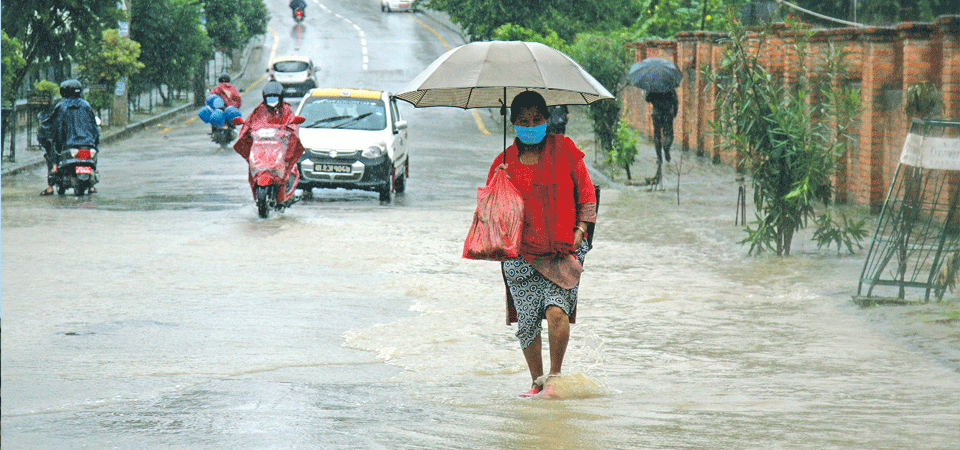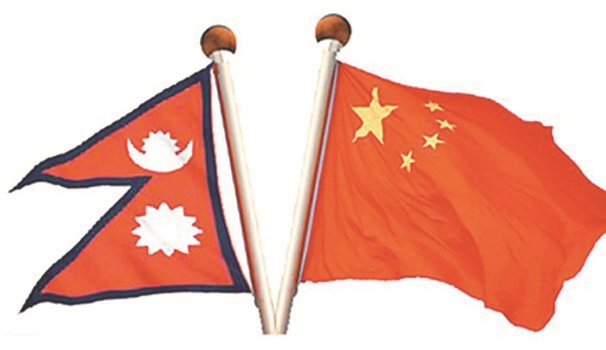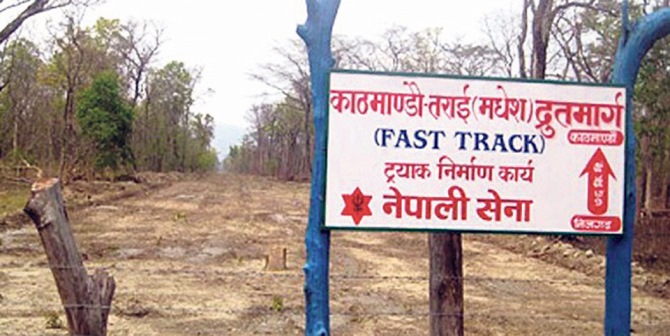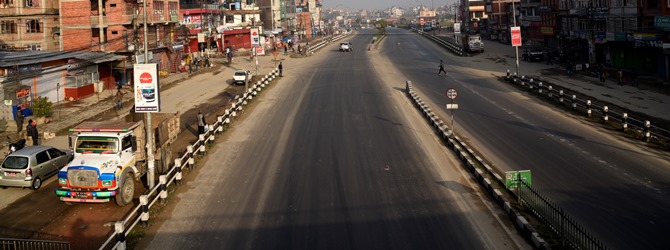Monsoon to arrive a week earlier this year

By Purushottam P. Khatri
Kathmandu, May 7: Meteorologists of Nepal and other South Asian nations have forecast that the monsoon for the year 2021 will arrive earlier than last year and that Nepal and some other Asian countries are expected to receive normal to above-normal rainfall. A virtual meeting of the 19th session of South Asian Climate Outlook Forum (SASCOF) held among the representatives of the Department of Hydrology and Meteorology (DHM) and other South Asian hydrologists and meteorologists from April 26 to 28 had predicted that most parts of some south Asian countries are most likely to receive above-normal rainfall.
"Monsoon phenomena will begin from June 1, 2021 in Nepal, which will be earlier by more than a week," Joint Spokesperson and Senior Divisional Hydrologist at the DHM Bikram Shrestha Zoowa told The Rising Nepal on Thursday.
Last year, monsoon entered Nepal on June 12, two days later than normal onset date (June 10). In 2019, monsoon entered from eastern Nepal on June 20, delayed by 10 days.
Lasting for 105 days in Nepal, monsoon normally leaves the country on September 23.
Almost 80 per cent of the annual rain in Nepal is received during the monsoon (June-Se ptember). The average annual rainfall is 1,600 mm, but it varies by eco-climatic zones (3,345 mm in Pokhara and below 300 mm in Mustang).
Based on the summary report by SASCOF-19, the DHM has predicted that most parts of the Sudurpaschim, Karnali, Gandaki and Bagmati provinces, the central and western hilly and mountainous areas of Province 1 are likely to receive more than average rainfall. These areas are estimated to receive 35 to 65 per cent rainfall this time, according to Zoowa. "More rainfall means more hazards, so we must act promptly as soon as possible, and inform about the situation to the concerned bodies right from today," senior meteorologist Barun Poudel, one of the members attending the Outlook Forum meeting, said.
In the high mountainous region of Nepal, 55 to 65 per cent rainfall (snow mainly) is estimated, Dr. Indira Kandel, chief at the Climate Analysis Section under the Climate Division of the DHM, informed.
She said that precautionary and risk reduction programmes and early warning information system should be developed and expedited from now on as the possibility of floods and landslides is higher in the country due to massive rainfall. She suggested taking special precaution in the areas affected by last year's floods and landslides and in the areas affected by the earthquake of 2015.
Additionally, the average rainfall is estimated to be anywhere between 35 to 45 per cent in Lumbini, Gandaki, Bagmati and in the western part of Province 2, while the Terai region of Province 1 and the eastern region of Province 2 are likely to receive less-than-average rainfall.
Recent News

Do not make expressions casting dout on election: EC
14 Apr, 2022
CM Bhatta says may New Year 2079 BS inspire positive thinking
14 Apr, 2022
Three new cases, 44 recoveries in 24 hours
14 Apr, 2022
689 climbers of 84 teams so far acquire permits for climbing various peaks this spring season
14 Apr, 2022
How the rising cost of living crisis is impacting Nepal
14 Apr, 2022
US military confirms an interstellar meteor collided with Earth
14 Apr, 2022
Valneva Covid vaccine approved for use in UK
14 Apr, 2022
Chair Prachanda highlights need of unity among Maoist, Communist forces
14 Apr, 2022
Ranbir Kapoor and Alia Bhatt: Bollywood toasts star couple on wedding
14 Apr, 2022
President Bhandari confers decorations (Photo Feature)
14 Apr, 2022





.jpg)




